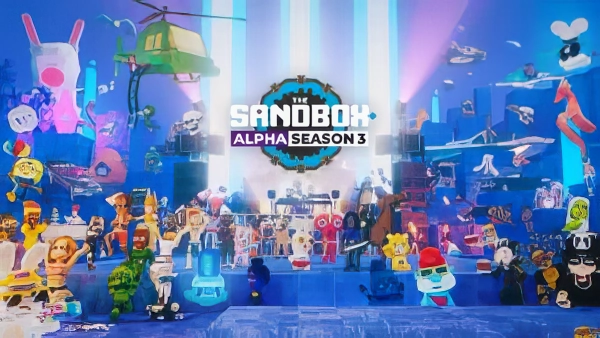The Future of Gaming: Metaverse, Web3 and Play-and-Earn Models
Today, I’d like to chat about some truly thrilling developments in the gaming sphere, encompassing the ideas of Metaverse, Web3, and play-and-earn models. Now, I appreciate these terms might initially come across as somewhat mind-boggling, but fear not, I’ll demystify them in a manner that’s digestible even for those of us who aren’t particularly tech-savvy.
So, what’s the latest in gaming? It’s evolving—and at breakneck speed at that. The propellants of this shift are technological progress and a transition in our gaming predilections.
First off, the Metaverse. Picture an online virtual reality where you can mingle and engage with a myriad of other gamers. Essentially, it’s a collective digital realm where the boundaries between the tangible and the virtual worlds blend, offering a more enthralling and dynamic gaming encounter. A sterling exemplar of this concept is Legends of Elysium (LoE). It’s more than a run-of-the-mill game—it’s a segment of the Metaverse where participants roam through fresh narratives and ventures, construct their domains, and contest others in combat, all within a digital space. And you can enjoy all this without stepping foot outside your abode.
Next, we have Web3, the so-called decentralized internet. In contrast with Web2’s centralized server-based apps, Web3 propels the development of decentralized applications (dApps). These dApps, operative across a constellation of computers, afford you increased sovereignty and transparency over your in-game assets.
LoE is a paragon of this as well. It’s crafted on an Ethereum Virtual Machine (EVM) compatible blockchain, the premier platform for dApps development. To ratchet up the excitement, LoE incorporates Non-Fungible Tokens (NFTs) to depict in-game assets. These singular digital pieces are bona fide property that you, as the gamer, genuinely possess and can barter, injecting a dose of real-world worth into your gaming pursuits.
This segues nicely into my third theme—the play-and-earn model. A modish business strategy intertwining the joie de vivre of gaming with the prospect of accruinging tangible wealth. As you engage with the game and accrue digital paraphernalia, you’re at liberty to exchange them for actual currency. That’s correct, you can actually reap financial rewards from online gaming. With LoE, the potential is expanded. You truly own your in-game items and can traipse them across various marketplaces, creating more channels to profit.
Yet, let’s not sidestep the hurdles. A salient obstacle in forging games of LoE’s ilk is a paucity of resources and know-how. Fostering a game intertwined with blockchain demands a robust grasp of both strands, not to overlook the gaming facet. Nevertheless, the LoE creators are zealous and steadfast. They’re channeling their prowess in both game development and blockchain technology to bequeath us this unparalleled gaming odyssey.
In conclusion, the gaming realm is in the midst of a colossal metamorphosis heralded by the Metaverse, Web3, and play-and-earn blueprints. The challenges exist, true, but the potentials are too alluring to eschew. It’s a spine-tingling epoch for gamers, developers, and investors alike. As technology perpetuates its relentless march forward, I’m agog to witness these trends take shape and recast the future of gaming. Bear in mind, in this perpetually shifting gaming cosmos, innovation and adaptability reign supreme. So, brace yourself to delve into these new frontiers in gaming!
